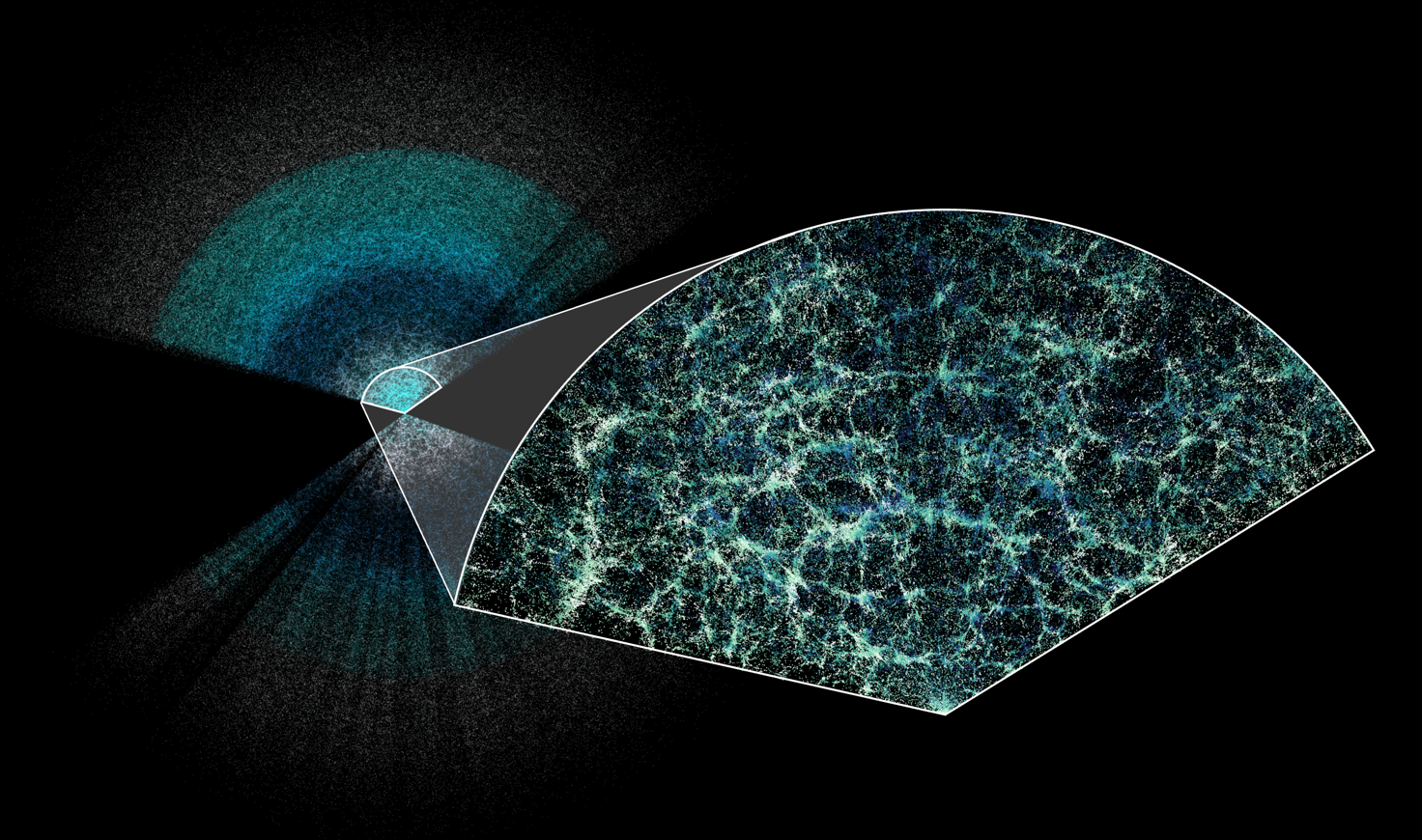An international team of collaborators has created a new three-dimensional map of the universe, providing the most detailed view of the cosmos yet seen and charting its expansion over 11 billion years.
The Perimeter Institute and the University of Waterloo in Ontario, Canada, in collaboration with the Dark Energy Spectroscopic Instrument (DESI) and 70 additional academic institutions around the world, have come together to provide details about the universe’s cosmological past and collaborate on a first-year analysis of a new three-dimensional map of the universe.
“We observe the spectra of light from galaxies using DESI and use this to estimate the distance to them,” said Alex Krolewski, a postdoctoral fellow at The University of Waterloo and a Perimeter associate.
“In this round of data, we can see that some of the galaxies are further away and some are nearer than previous models suggested,” Krolewski said in a statement. “This is giving us new insights into dark energy.”
Looking 11 billion years into the past can help scientists understand how the universe has changed and evolved over time. Using galaxies and gas clouds as markers of cosmic expansion over long periods, the new cosmic map offers the most precise measurements to date of the universe’s expansion, charting close to five million galaxies with unmatched accuracy and attention to detail.
“This is the first year of reporting from DESI, and with four more years of data still to discover, we have only just started to see how important DESI will be to the world of cosmology,” said Enrique Paillas, a postdoctoral fellow working with Prof. Will Percival at The University of Waterloo. “The data collected from DESI over the next few years will shed more light on the fundamental question of what is dark energy.”
DESI, which is overseen by the US Department of Energy’s Lawrence Berkeley National Laboratory, aims to enhance scientists’ comprehension of neutrinos, which are notoriously hard-to-catch particles because they possess essentially no mass and do not interact with normal matter.
By integrating observations from the Cosmic Microwave Background, which captures remains of the universe’s first light, DESI’s team achieved the most precise calculation to date of the combined masses of the three types of neutrino particles.
The project team in Waterloo, Canada, consists of associate faculty members at Perimeter, the world’s largest research hub devoted to theoretical physics, and the director of the Waterloo Centre for Astrophysics, Will Percival, alongside Dustin Lang, a Perimeter Insistute computational scientist.


“We have previously found convincing information that the universe is going through accelerated expansion. We call the unknown physics driving this ‘dark energy’,” Percival said in a statement.
“By measuring DESI’s data, we are getting a better idea of what dark energy could be.”
Chrissy Newton is a PR professional and founder of VOCAB Communications. She hosts the Rebelliously Curious podcast, which can be found on The Debrief’s YouTube Channel. Follow her on X: @ChrissyNewton and at chrissynewton.com.

